12 July 2019
Image: Bonnie Doon House | By Archiblox < < click me to see more
Sustainable Homes Make Us Healthy, Wealthy & Green
Original Article by: Suzanne Toumbourou fo The Fifth Estate
For the market for sustainable homes to continue to grow we need to adopt common language that resonates with consumers, such as “comfortable”, “healthy”, and “affordable”.
There comes a point in most of our lives when we realise that doing what’s healthy isn’t a chore. Having a parent nag you to eat your greens gives way to the realisation that you do actually feel better eating that piece of broccoli instead of a diet of nonstop chips and lollies.
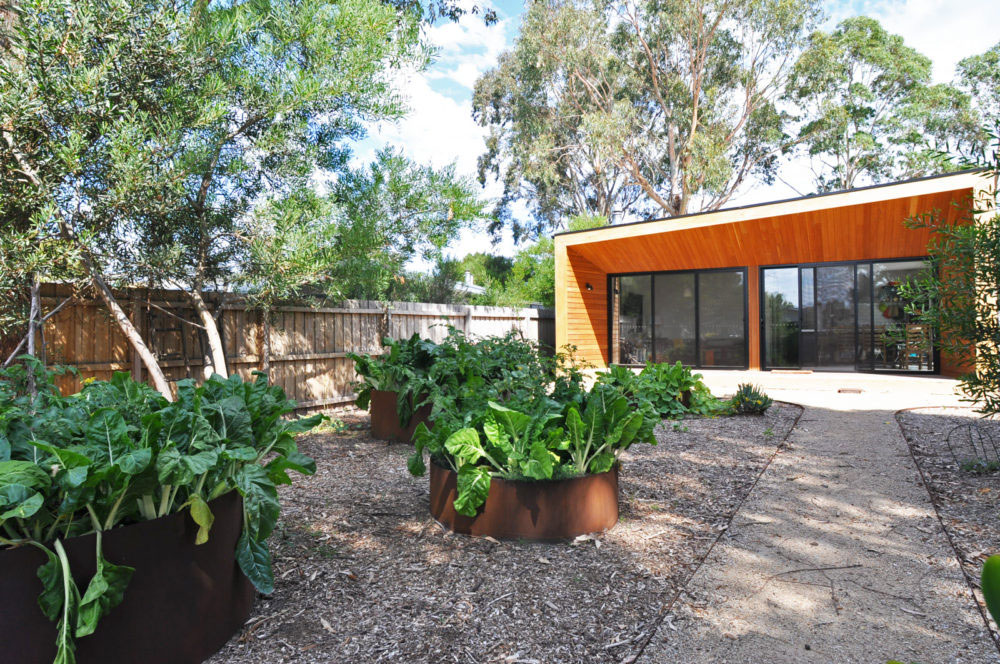

Images: Inverloch House III | By Archiblox < < click me to see more
When it comes to building sustainable housing at scale in Australia, regulation is a bit like that nagging parent. “Build more energy efficient homes, it’s good for you!” has been the way our building sector has experienced regulation.
But Growing the Market for Sustainable Homes, a new report from the Australian Sustainable Built Environment Council and the CRC for Low Carbon Living, has made it clear that, just like those veggies, sustainable homes are a good idea regardless of what the regulators say.
Interested to know more? Start a conversation with us.

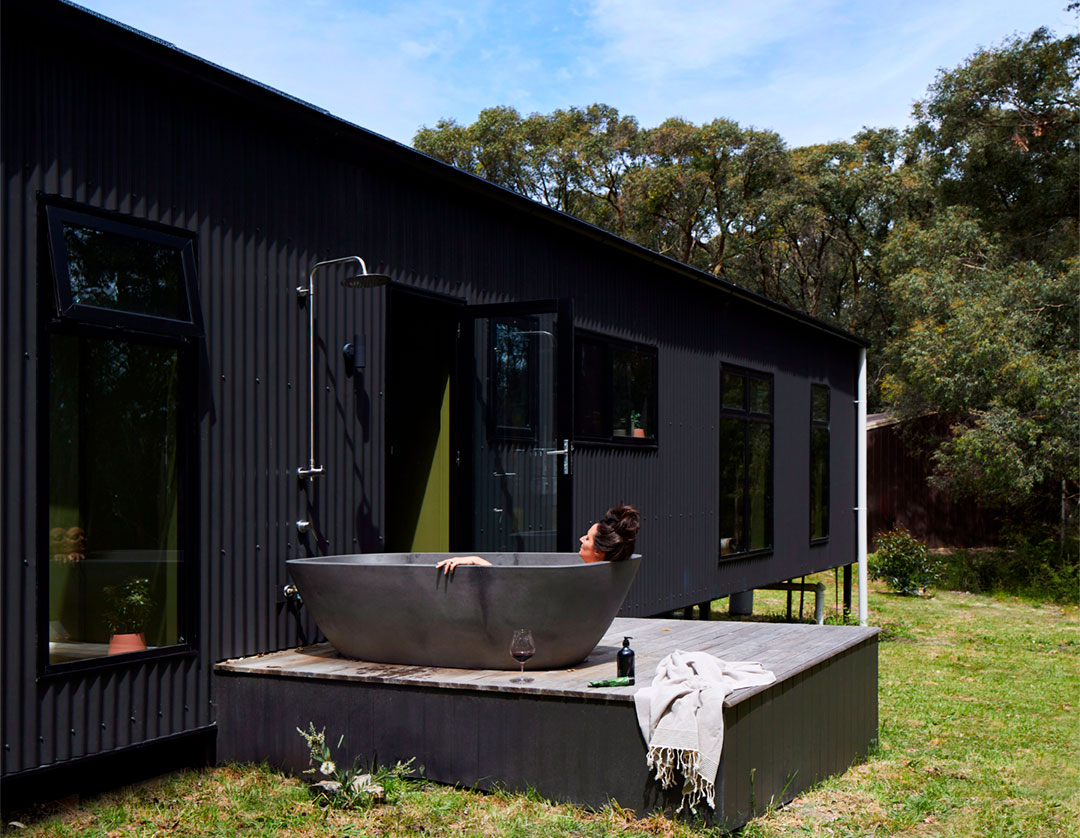
Images: Fish Creek House | By Archiblox < < click me to see more
There is a great opportunity in sustainable home building. Australia’s population is growing fast, with 30 million of us likely to be here by 2029. If we’re going to keep up with demand, we need to build another 197,000 houses every year. It’s up to us whether they include sound sustainability features or not.
Sure, sustainable houses are good for the planet. Our homes produce around 13 per cent of Australia’s greenhouse gas emissions, after all, so cutting those emissions by building homes that consume less energy can only be a good thing.
Sustainable Homes are also Good for the Hip Pocket

Image: Inverloch House III | By Archiblox < < click me to see more
But it’s also good for our collective wallets, whether we work in the building sector or we’re buying a home.
Sustainable homes are cheaper to run. And at a time when energy prices are going through the roof, long term savings on our bills are more attractive than ever.
New research shows exactly how good sustainable homes could be for our economy.
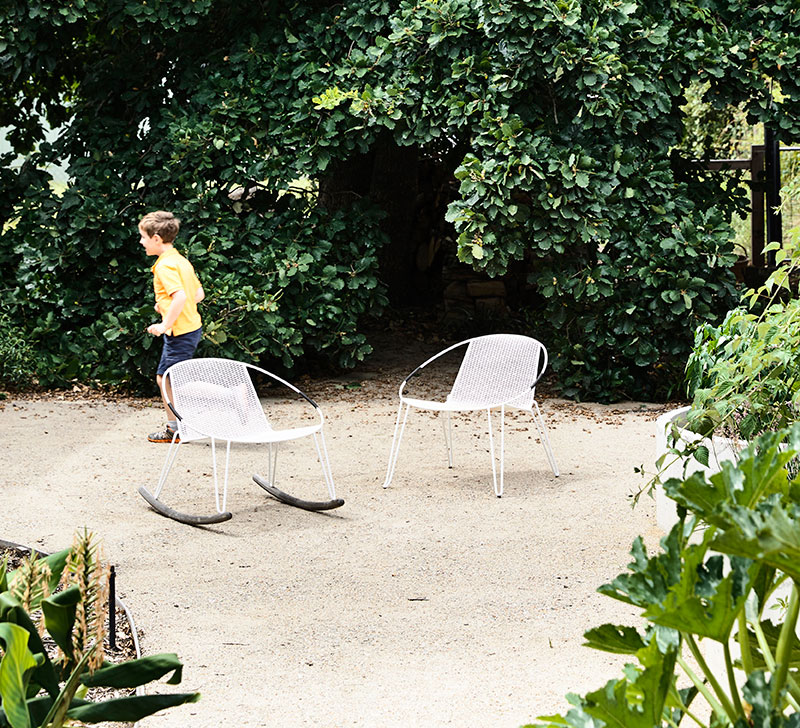
Economic modelling has found that if we accelerate Australia’s transition to sustainable housing, we can get more than half a billion dollars of extra investment in the construction industry by 2030, and generate an extra 7000 jobs.
This is something that can benefit all sections of the building sector, from the estate agent who is able to tell buyers about home energy ratings to the land developer who can use liveability features such as local living and orientation as a selling point.
We Need to Change Our Language
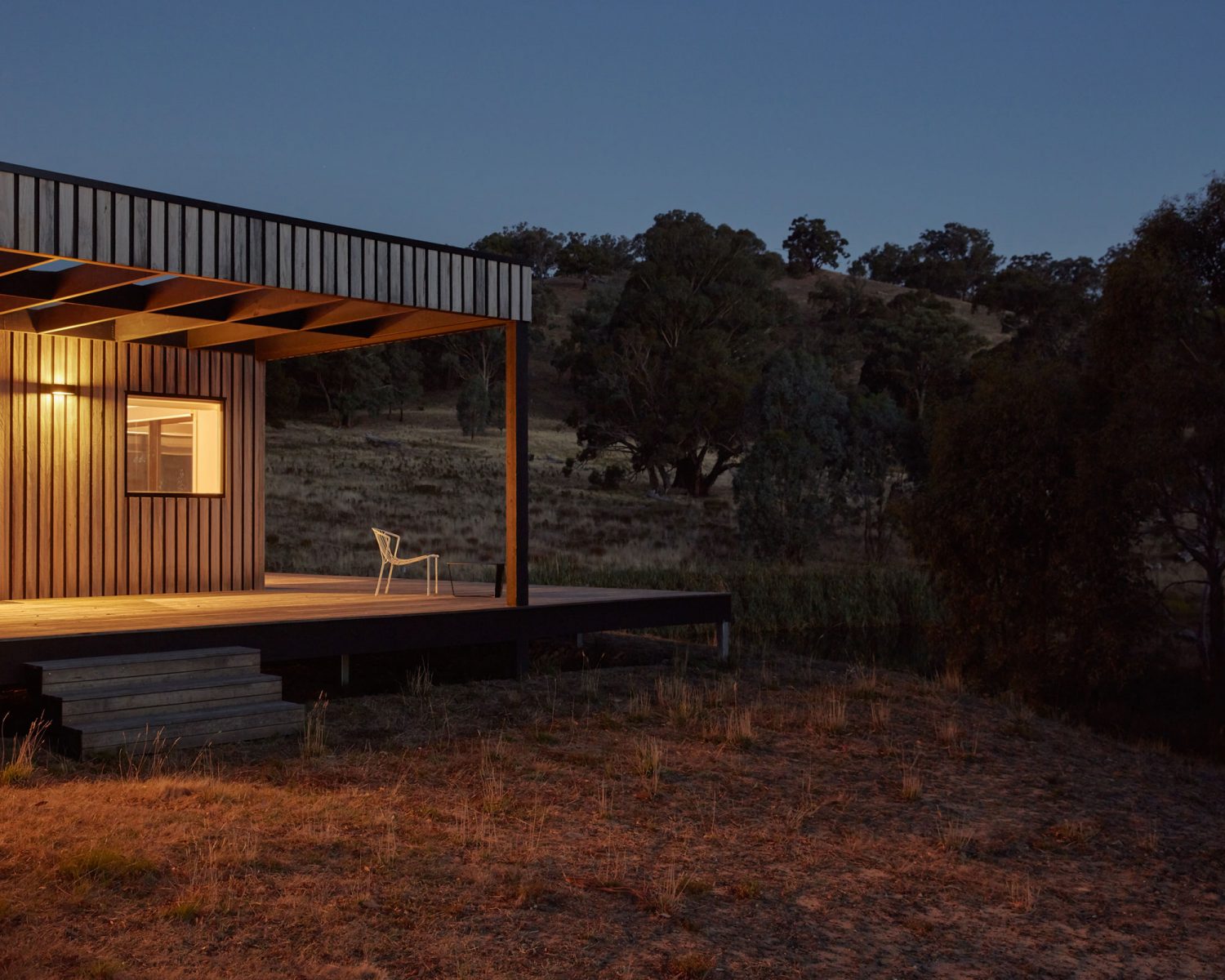
Image: Bonnie Doon House | By Archiblox < < click me to see more
The market for sustainable homes is already here. Australians want sustainable homes, but they use different words to describe them; words like “comfortable”, “healthy”, and “affordable” are used for a home that is warm in winter and cool in summer – without costing the earth in energy bills – and furnished with products like paint or carpets that do not release toxins into the air.
Volume builders – who construct 40 per cent of new detached homes – offer great potential to transition the industry at scale by embedding sustainability attributes into their standardised home packages.
But our industry needs to be skilled up with the knowledge to market and deliver sustainable homes.

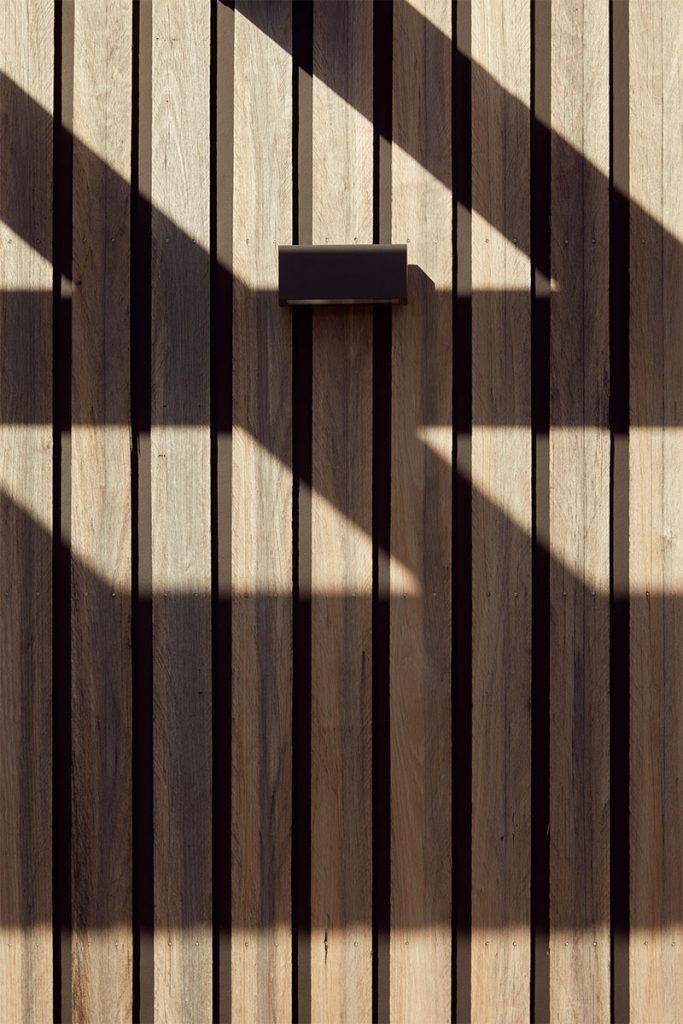
Image: Bonnie Doon House | By Archiblox < < click me to see more
A major priority should be to agree on the definition for sustainable housing that resonates with consumers.
Some people think that sustainability begins and ends with the installation of solar panels; some might conceive it as low VOC building materials and no embodied emissions; and others consider low U-values, high R-values, maximised air tightness and an HRV system to be the hallmarks of sustainability.
Let’s work together to cut through the confusion and direct the market to an agreed set of benchmarks.
Common Language will also Help the Finance Industry
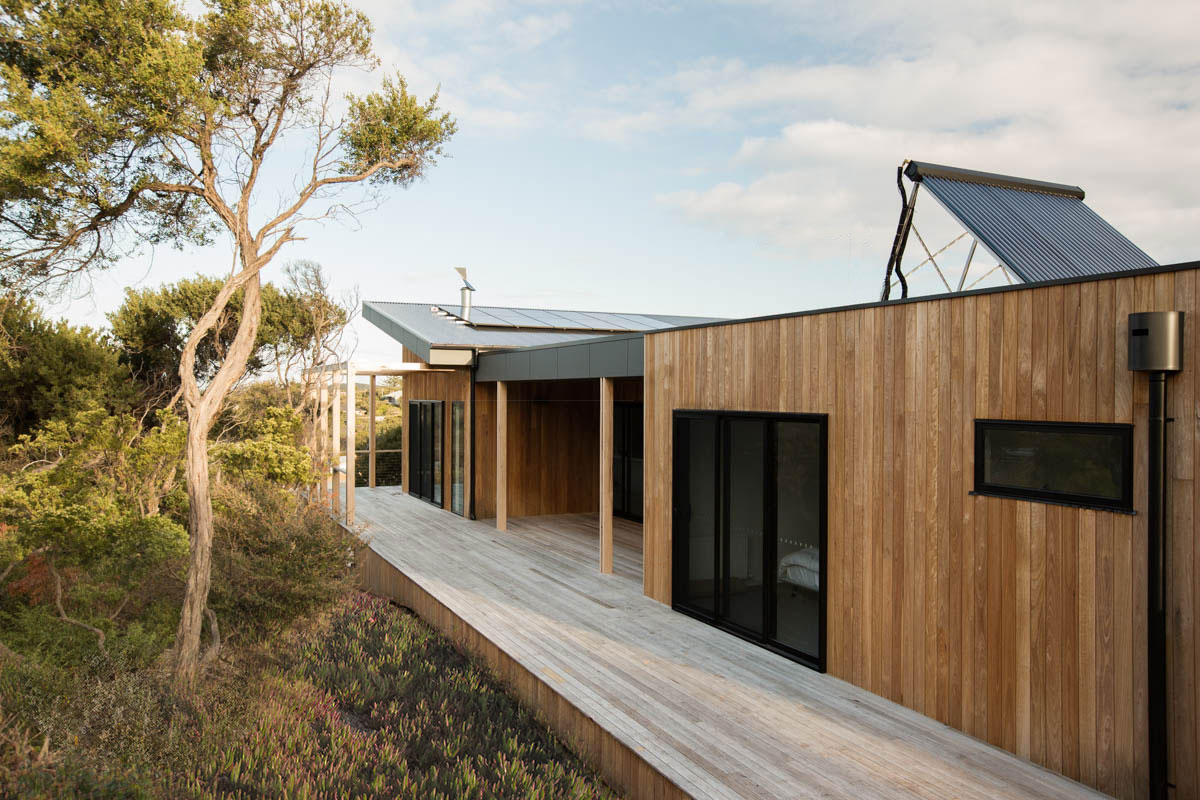
Image: Sorrento House | By Archiblox < < click me to see more
The finance industry also has something to gain from a common language to describe sustainable homes. There is a clear positive correlation between environmentally sustainability features and the value of a home.
But these factors are not yet embedded in the considerations of Australia’s finance industry. Banks need the tools to value sustainable homes and real estate agents need the language to market them successfully.
Then there’s our lifestyles. We need to demonstrate the lived experience of sustainable homes. Traditional marketing for sustainable homes has often focused on highly technical or economic information.
But consumers are more drawn to human stories like those told on TV shows, like The Block, and stories shared on social media.
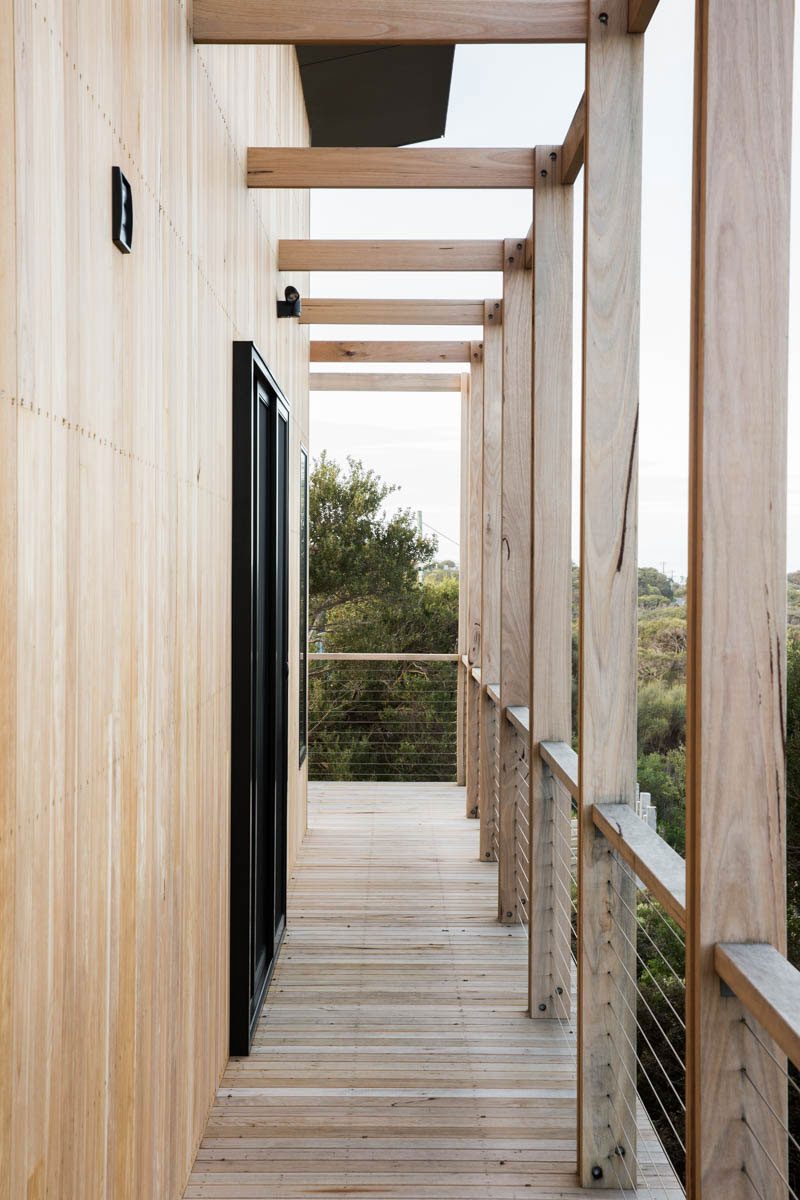
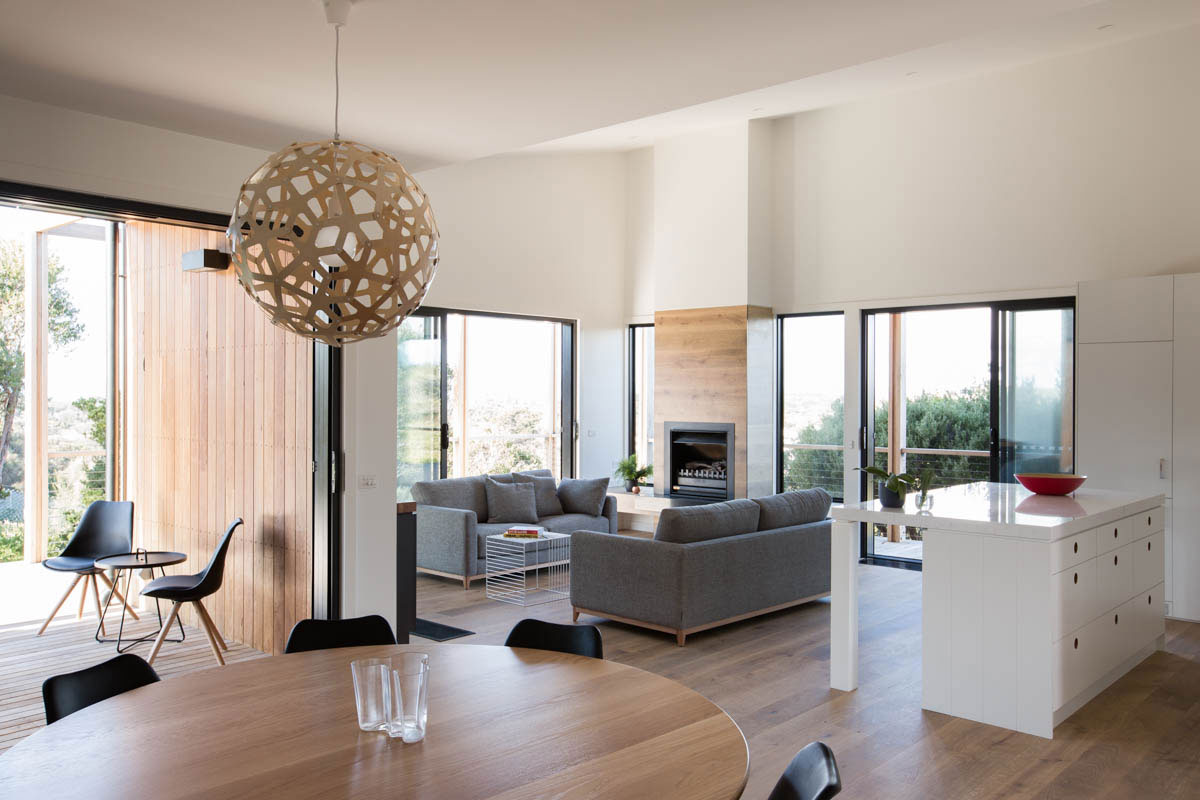
Image: Sorrento House | By Archiblox < < click me to see more
We need to reach consumers on this familiar ground, because people relate to their personal connections over science – that picture of your friend relaxing at home is worth a thousand emissions charts.
A nationally-harmonised energy efficiency disclosure scheme for homes, supported by a focused consumer engagement effort would help to fundamentally shift the conversation in the housing market.
In an Australia where we build sustainable homes as standard, the comfort, costs savings and boost to the building sector will mean that we can all relish our greens – without the nagging.
Read about our Sustainable Principles < < click here. For more information on our Eco-Friendly Home Solutions < < please click here to get in touch, we'd love to hear from you.
We love sharing all the new and exciting things happening at Archiblox, so make sure you’re following us on Instagram, Facebook and
Twitter, or signed up to our monthly newsletter, to ensure you don’t miss a thing.